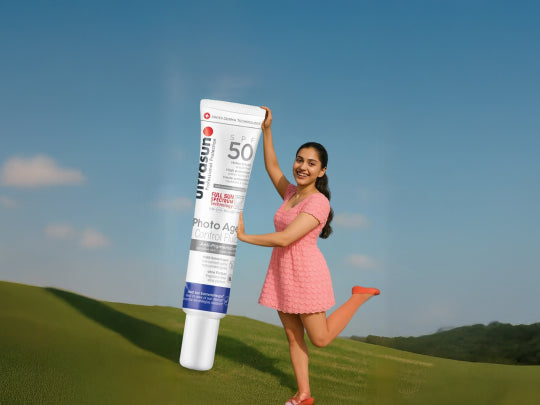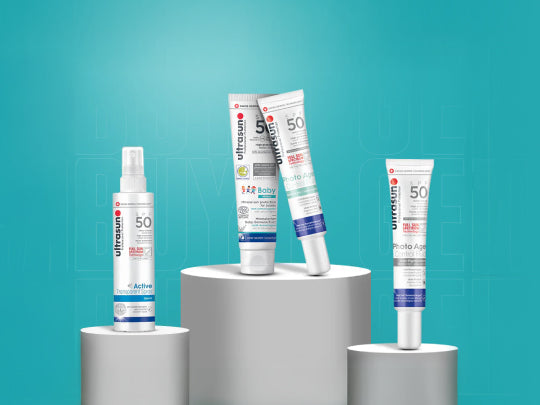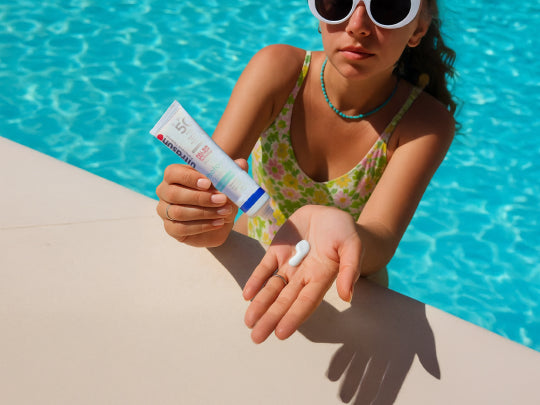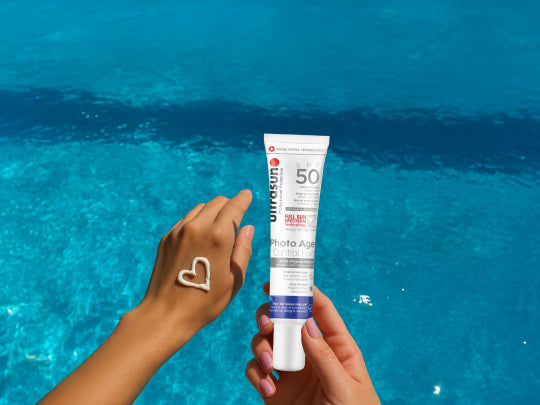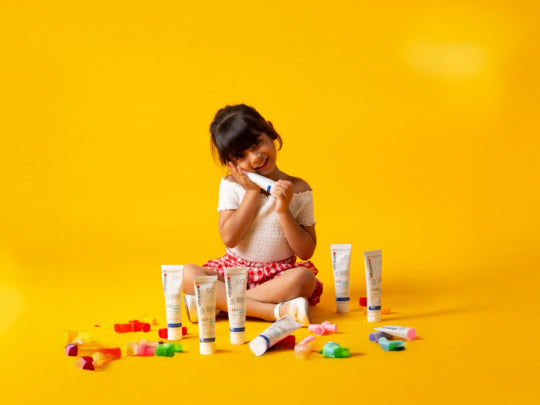As the summer sun ascends, so does the multitude of sunscreen myths, leaving many in a quandary about the best practices for protecting their skin. With an array of options available, selecting the right sunscreen for all skin types has become a crucial, yet often misunderstood, aspect of summer skincare. This blog aims to debunk common sunscreen myths and provide actionable tips to ensure you're effectively shielded from the sun's rays, regardless of your skin type.
Myth 1: "I Don't Need Sunscreen on Cloudy Days"
Reality: Up to 80% of the sun's UV rays can penetrate clouds, mist, and fog. Skipping sunscreen on an overcast day leaves your skin vulnerable to damage, and premature aging, and increases the risk of skin cancer.
Tip: Make sunscreen a non-negotiable part of your daily routine, summer or not, to protect your skin from UV exposure every day.
Myth 2: "People with Darker Skin Don't Need Sunscreen"
Reality: While melanin does provide some natural protection against sunburn and skin cancer, it does not shield against all UV damage, such as the premature aging of the skin and the risk of melanoma in non-sun-exposed sites.
Tip: Opt for a broad-spectrum sunscreen suitable for all skin types, including those with higher melanin, to ensure comprehensive protection.
Myth 3: "All Sunscreens Are the Same"
Reality: Sunscreens vary significantly in their formulations, SPF ratings, and the level of protection they offer against UVA and UVB rays.
Tip: Look for "broad-spectrum" on the label to ensure you're protected from both types of harmful rays. For sensitive skin, choose mineral sunscreens with zinc oxide or titanium dioxide, as they are less likely to irritate.
Myth 4: "A High SPF Means I Don't Need to Reapply"
Reality: No sunscreen, regardless of SPF, can protect you all day without reapplication. Sweat, water, and even touching your face can reduce its effectiveness.
Tip: Reapply sunscreen every two hours, especially after swimming or sweating, even if the product is labeled as water-resistant. This is crucial for all skin types to maintain optimal protection.
Myth 5: "Sunscreen Causes More Harm Than Good"
Reality: The benefits of sunscreen far outweigh the potential risks associated with certain chemical ingredients. For those concerned about chemical exposure, mineral sunscreens offer a safer alternative.
Tip: If you're worried about ingredients, opt for mineral-based formulas that provide a physical barrier to UV rays. These are especially recommended for children, pregnant women, and those with sensitive skin.
Additional Sunscreen Tips for Summer:
- Apply Generously: Most people apply less than half of the recommended amount of sunscreen. As a rule of thumb, use about a shot glass full for your body and a nickel-sized dollop for your face.
- Choose Right for Your Skin Type: Whether you have oily, dry, combination, or sensitive skin, there's a sunscreen formulation for you “Ultrasun Transparent Sports Sunscreen Spray SPF 50 PA”
- Don't Forget Exposed Areas: Areas like the ears, neck, tops of feet, and the back of your hands are often overlooked but equally susceptible to UV damage.
- Incorporate SPF into Makeup: For an added layer of protection, use makeup products with SPF. However, this should not replace your regular sunscreen application.
Conclusion:
Sunscreen is an indispensable ally in your skincare arsenal, especially during the summer months. By dispelling myths and adopting the right sunscreen practices for all skin types, you can enjoy the sunny days ahead without compromising the health and beauty of your skin. Remember, the best sunscreen is the one you use consistently, so find a formula that suits your skin type and make it a staple in your daily regimen.
Read More...


